High-PoE Solutions in Business
Power over Ethernet (PoE) solutions have been on the market for two decades, elevating the information and electrical infrastructure by driving cost efficiencies and ease of installation. But they’ve come a long way in those two decades. High-PoE solutions in business are the latest development with the potential to change how you think about your data-enabled powered devices.
Install it the right way and High-PoE solutions can deliver and support high-performance wireless access points, display screens, LED lighting systems, remote IP and PTZ cameras, automated temperature controls, parking security systems, and more. Devices previously unavailable to PoE technology can now be powered through a single data cable.
The evolution of PoE technology, particularly high-powered PoE, continues to make it easier for businesses to install, maintain, and optimize the latest technologies on-premise. This guide can help you understand the power and potential of High-PoE solutions for business and how it differs from previous PoE infrastructure.

Just the Basics: What is Power over Ethernet (PoE)?
Any examination of high-PoE solutions for business has to begin with an understanding of PoE at its core. Short for Power over Ethernet, the name describes its ability to push both data and electricity to a device using a single ethernet cable.
Depending on the exact standard used (we’ll get into those later), PoE can deliver power of up to 100 watts without interfering with the standard ethernet data transfer. That’s because PoE uses all four twisted pairs of wires in the ethernet cable, enabling businesses to deliver electricity even in areas without an installed power circuit.
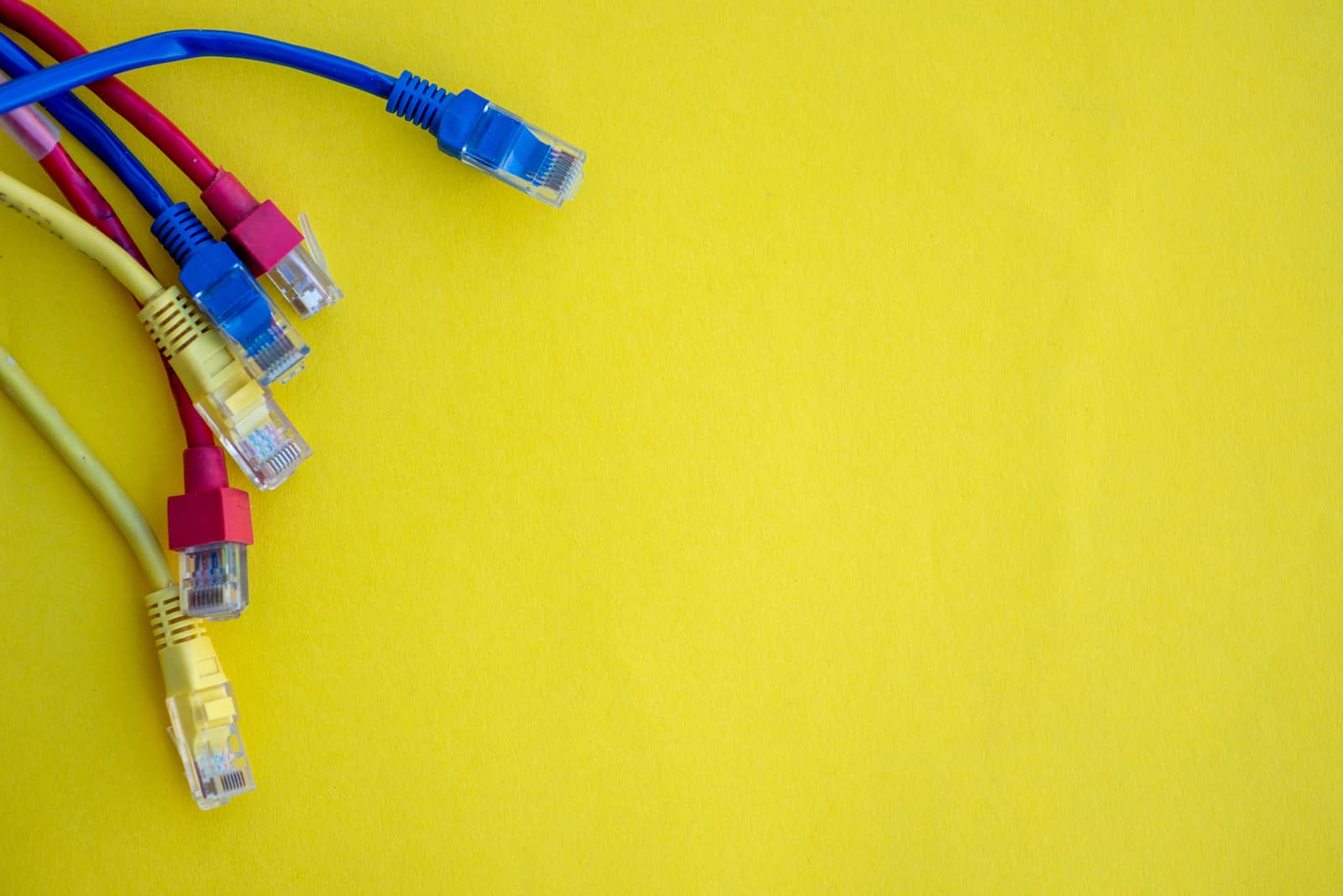
What is High-Powered Power over Ethernet (HPoE)?
As its name suggests, high-powered PoE (HPoE) describes standards of PoE that can deliver more power to devices than their predecessors. Unlike previous versions of the technology, there is no standard for what defines an HPoE connection, except that it has to deliver power at levels higher than PoE+ (IEEE 802.3at).
More specifically, HPoE is the latest of four types of PoE that all differ in how much power they can deliver to devices:
- Standard PoE, or Type 1 PoE, first developed in 2003 and using standard IEEE 802.3af, can deliver up to 15.4 watts of power to simple IP cameras, VoIP phones, and more.
- PoE+, or Type 2 PoE, released in 2009 using standard IEEE 802.3at, can deliver up to 30 watts of power to each device. That’s enough to power devices like alarm systems and PTZ cameras.
- PoE++, or Type 3 PoE, released in 2018 and using standard 802.3bt, supplies up to 60 watts of power per device. Applications can include video phones, thin client computers, and gate access systems.
- HPoE or Type 4 PoE, also known as High PoE or Hi-PoE, was released alongside PoE++ in 2018 using standard IEEE802.3bt. It can supply up to 100W of power, which is enough for laptops and flatscreen TVs, LED lighting systems, POS systems, and commercial displays.
Notably, each newer and more powerful type of PoE has been backward-compatible with its predecessors. In other words, upgrading your system won’t require replacing every endpoint and cable but can be a more dynamic switch on an as-needed basis. Cabling, switches, and power-sourcing equipment, of course, must be able to handle the power levels necessary for devices requiring up to 100 watts without causing energy losses or heating issues.
How HPoE Differs From Traditional PoE
The basic difference between the original or standard PoE and HPoE lies largely in its ability to transmit higher power levels. Both run through Cat5 cables, but the standard that (quite literally) powers HPoE, IEEE802.3bt, can use all eight wires in the ethernet cord for power connection compared to just two for standard PoE. That minimizes the loss of power while the electricity moves through the ethernet cord providing more capability to push higher wattage through the cord.
The Workplace Challenges Driving the Move to HPoE
PoE has benefited businesses since its invention. Still, business trends over the last two decades have necessitated increasingly powerful solutions to deliver power alongside data. Experts estimate that business bandwidth demands grow about 50 percent annually, a trend that has only accelerated in recent years.
An increasing number of device types now require data and consume more power than their predecessors, especially as businesses move their physical environment into the digital world. Internet-of-Things devices may double by 2025.
As technology consultant Dipti Parmar puts it, the next evolution of digital transformation is increasing densification of devices that increase demands for both power on all of these devices:
Many small and large companies are going from pilot IoT projects and proof of concept to bigger opportunities driven by data, machine learning, and predictive analytics. You can emulate them and bridge the OT/IT divide between the operational and IT side of your company. Ultimately, this will help you fast-track innovation and bring you closer to your customers.
Thanks to technologies like HPoE, these opportunities are also becoming increasingly democratic, allowing businesses of all sizes to leverage the benefits that more devices and smarter devices can bring to their operations and business efficiencies.
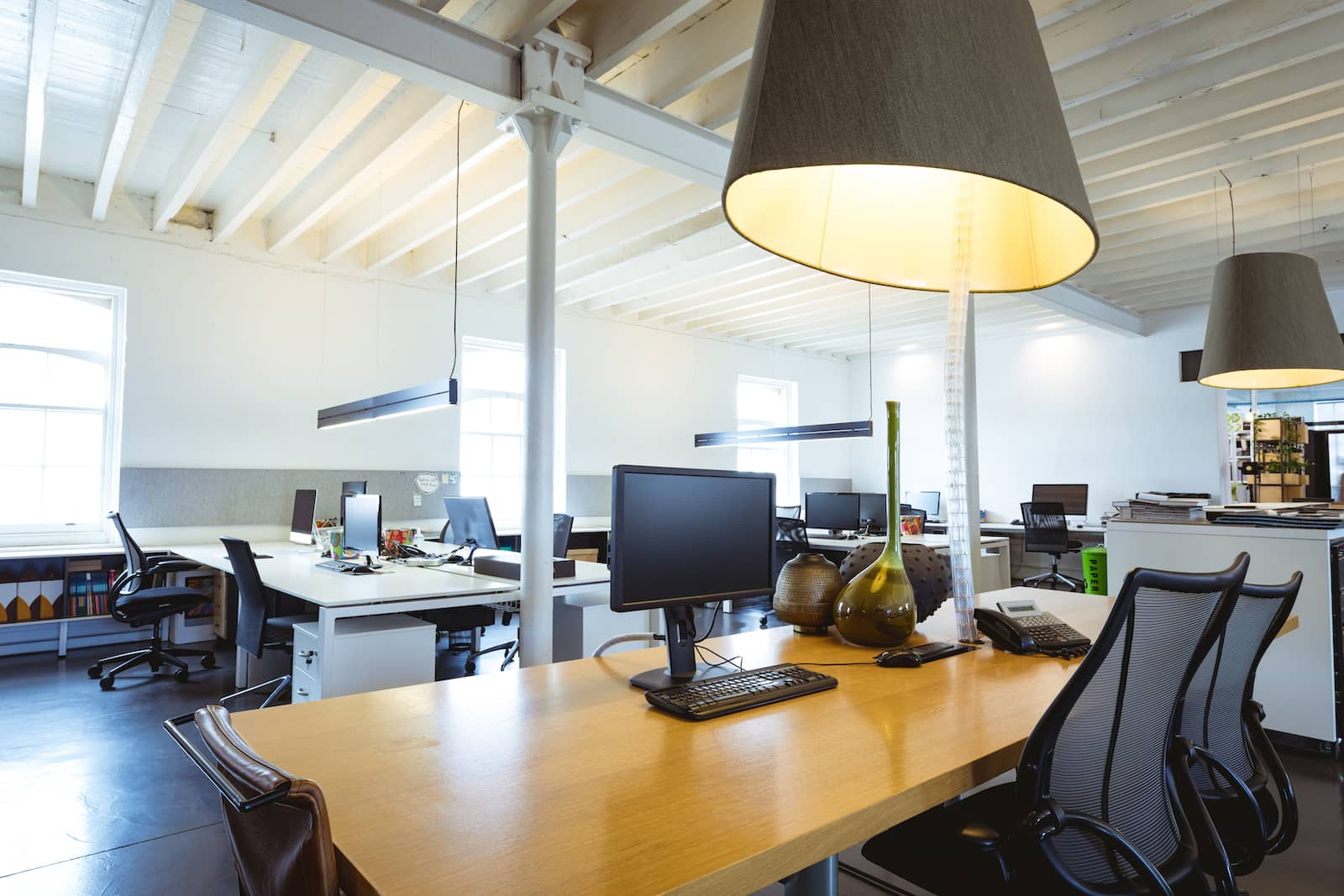
The Differences Between HPoE, UPoE, and PoE++
As PoE technology has continued to evolve, multiple solutions have emerged that seek to deliver more power than the original IEEE 802.3af standard. We’ve already discussed different types of PoE above. Now, it’s time to take a closer look at the different standards and implementations that exist between PoE++, UPoE, and High-Powered PoE.
PoE++ (IEEE 802.3bt)
This is the general description of a power-over-ethernet solution that can push at least 60 watts through an ethernet cord. This product uses all four pairs of wires in the Ethernet cable and is quickly becoming the most widely adopted and advanced high-powered PoE standard.
UPoE (Universal Power over Ethernet)
Unlike PoE++, which describes a generalized standard, UPoE is a proprietary power delivery technology developed and managed by Cisco Systems. It can deliver up to 60 watts of power, using a proprietary IEEE standard that aligns with the Type 3 PoE type mentioned above.
A newer version, UPoE+, aligns more closely with the Type 4 HPoE standard and can deliver up to 90W. UPoE and UPoE+ both support some additional networking features too, such as per-port power prioritization.
HPoE (IEEE802.3bt)
This is where things might get a little confusing for non-experts. HPoE is not different from PoE++ but is a term that can be used interchangeably, as a more general term for non-standard implementations of high-PoE solutions for business. It follows the same IEEE standard as PoE++ but can support higher power levels.
Generally speaking, HPOE is used for PoE solutions that require individual port outputs of 60 to 100 watts. As a result, it can deliver enough electricity to support IoT and network devices that can power your entire business infrastructure.
Because HPoE is not restricted to a specific standard, it can add some flexibility during the implementation and application process. The idea is to put a greater emphasis on power delivery, satisfying the growing need for flexible data and power infrastructure across an organization.
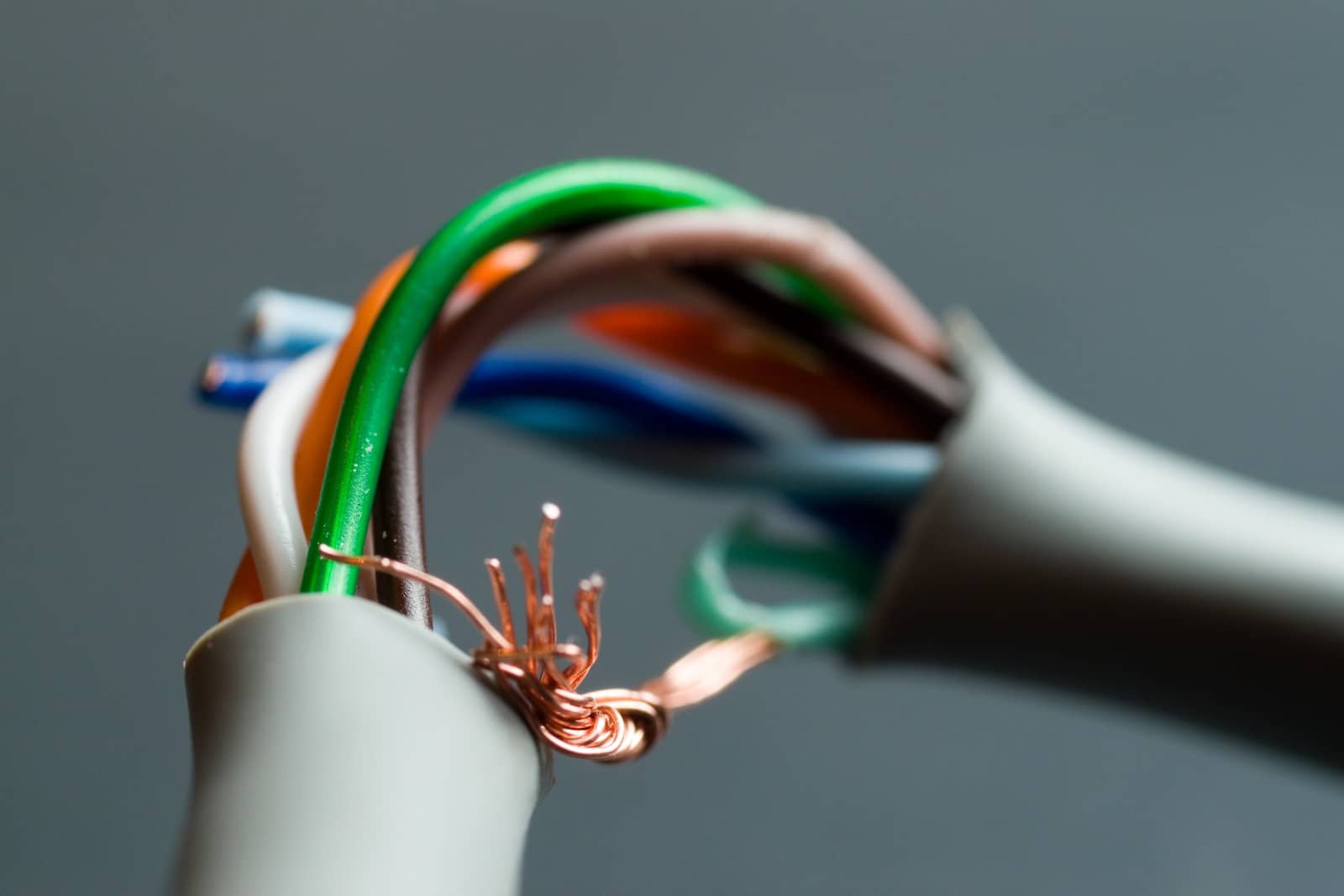
What Type of Switch Do You Need for High-PoE Solutions for Business?
Moving to an HPoE infrastructure depends partly on getting the right equipment in place to support the increased power supply. Any PoE switch you choose for this endeavor must be able to support enough electricity to power end-point devices with wattage up to 100 per device.
The right High-PoE switch must include at least some ports that can support the IEEE 802.3bt standard. Similarly, the device’s total power budget must be able to support the total wattage of the devices you intend to connect to it. Given the amount of power running through it, finding a switch that can support the IEEE 802.3az EEE Energy Efficient Ethernet standard is also beneficial.
While adhering to these technical specifications is crucial to supporting an HPoE infrastructure, you should not have to compromise on ease of installation or maintenance for the sake of higher power. A user-friendly interface, support for multiple IP device types with a built-in device management system (DMS), and other embedded functions are all needed to ensure both initial and ongoing cost savings while the device is in use.
Finally, flexibility is key. A switch that can support both high-wattage and low-wattage devices for a more balanced power budget can go a long way toward building an effective and comprehensive HPoE solution for your business.

What Is The Primary Benefit of HPoE?
Once you find the right equipment for your building, the potential benefits of installing an HPoE system can be immense. Above all, they fulfill the core promise of any PoE infrastructure but at a higher level than all their predecessors. Through HPoE solutions, businesses can more easily make use of and maintain the latest technologies, from VoIP phones to automated thermostat controls.
The core benefit of PoE systems is the simplicity of installation. Delivering both power and data through a single cable is immensely beneficial, since no electrician will be needed for the initial wiring. With this benefit also comes the ability to connect far more powerful devices to your PoE network than you ever have before. This will enable a new level of digital transformation, all easily monitored remotely on a handheld device or from a single control screen on-site.
Potential Limitations of High-PoE Solutions for Business
As with any new technology, High-Power PoE does come with some limitations that are important for businesses to keep in mind.
Most importantly, the maximum distance of HPoE is still 100 meters or approximately 328 feet. Any distances beyond that will need dedicated extender equipment for the power and data to travel longer distances. Some, but not all, PoE extenders support the Type 4 IEEE 802.3bt standard.
In addition, businesses looking to install HPoE still have to keep total power budgets in mind. While individual outputs may go as high as 100W, that matters little if the total power budget on an HPoE switch doesn’t support multiple high-powered devices to run through the network.
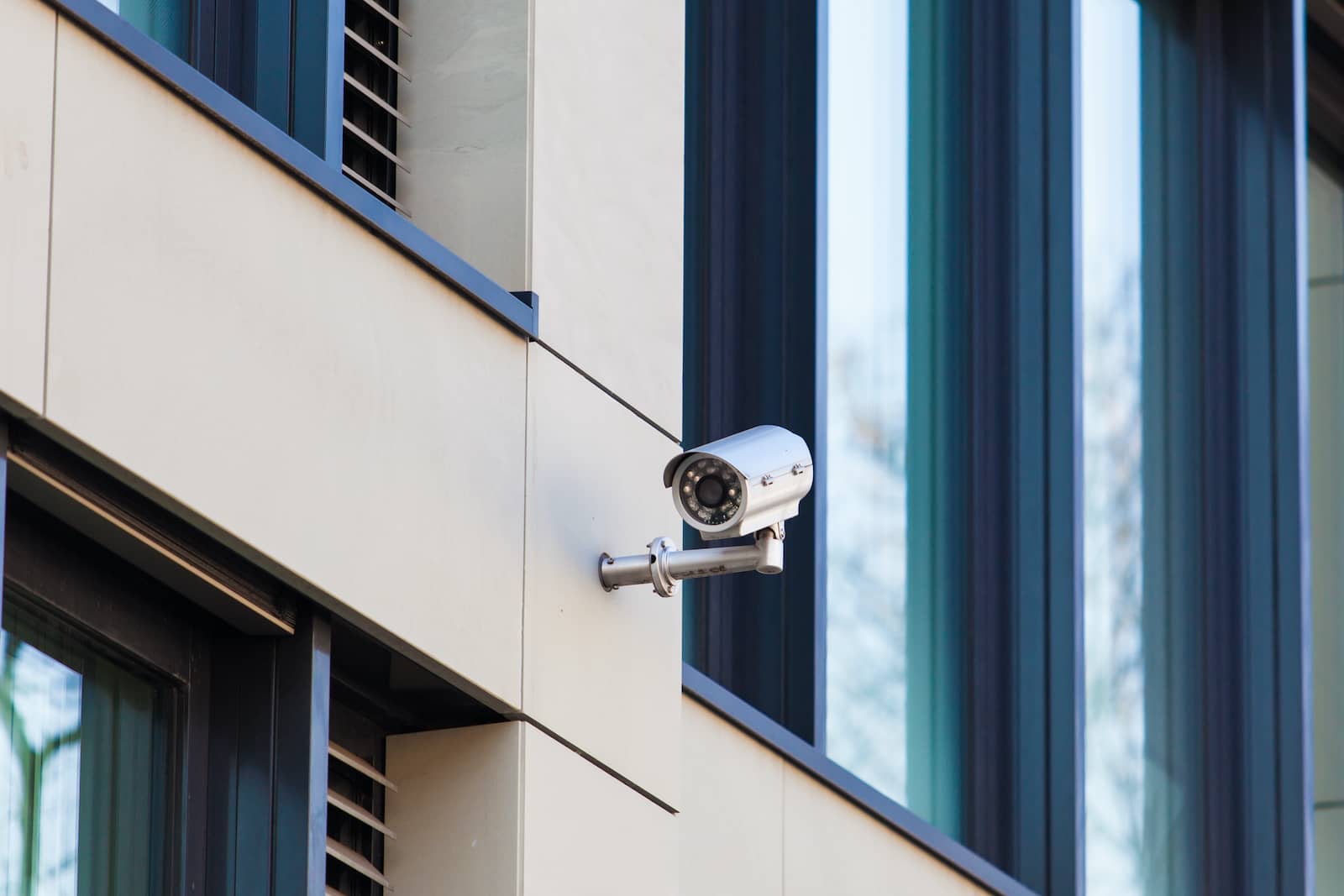
Where Is High-Powered PoE Deployed?
HPoE is flexible enough to work in almost every organizational data and power infrastructure context. That said, it is becoming increasingly common for two types of business applications:
- Enterprise Networks, which tend to have a higher number of devices that can be connected to the larger network—some of which will require higher capacity.
- Industrial Applications, for which higher-powered devices are more common than in small businesses depending on the connected devices needed on the network.
However, it’s important to note that the technology is not limited to these potential applications. While they might be most commonly using HPoE, almost any business looking to connect more and more powerful devices to its PoE network can benefit from upgrading.

What Devices Require the Increased Power of High-PoE?
High-PoE solutions have become so common because they dramatically increase the types of devices you can connect. In addition to all the device types earlier standards can support, HPoE adds many emerging applications as possible connection points. This includes:
- Commercial LED lighting.
- PTZ network and security cameras.
- Building access control systems.
- POS systems in-store environments.
- Information kiosks and digital displays.
- And more.
As PoE technology advances and IoT devices become more sophisticated, the possibilities will continue to increase. A close eye on the space can help professionals uncover these emerging solutions as they look to optimize their data and power infrastructure.
High-powered PoE is here to stay, and its applications are becoming increasingly relevant across varying business sizes and industries. But of course, you’ll need the right equipment for the implementation. Versatek offers the perfect solution when it comes to market-leading PoE expertise. We help clients from all over the world and can provide the necessary assistance. Ready to get started? Contact us to discuss how HPoE solutions can help you better achieve your business vision.
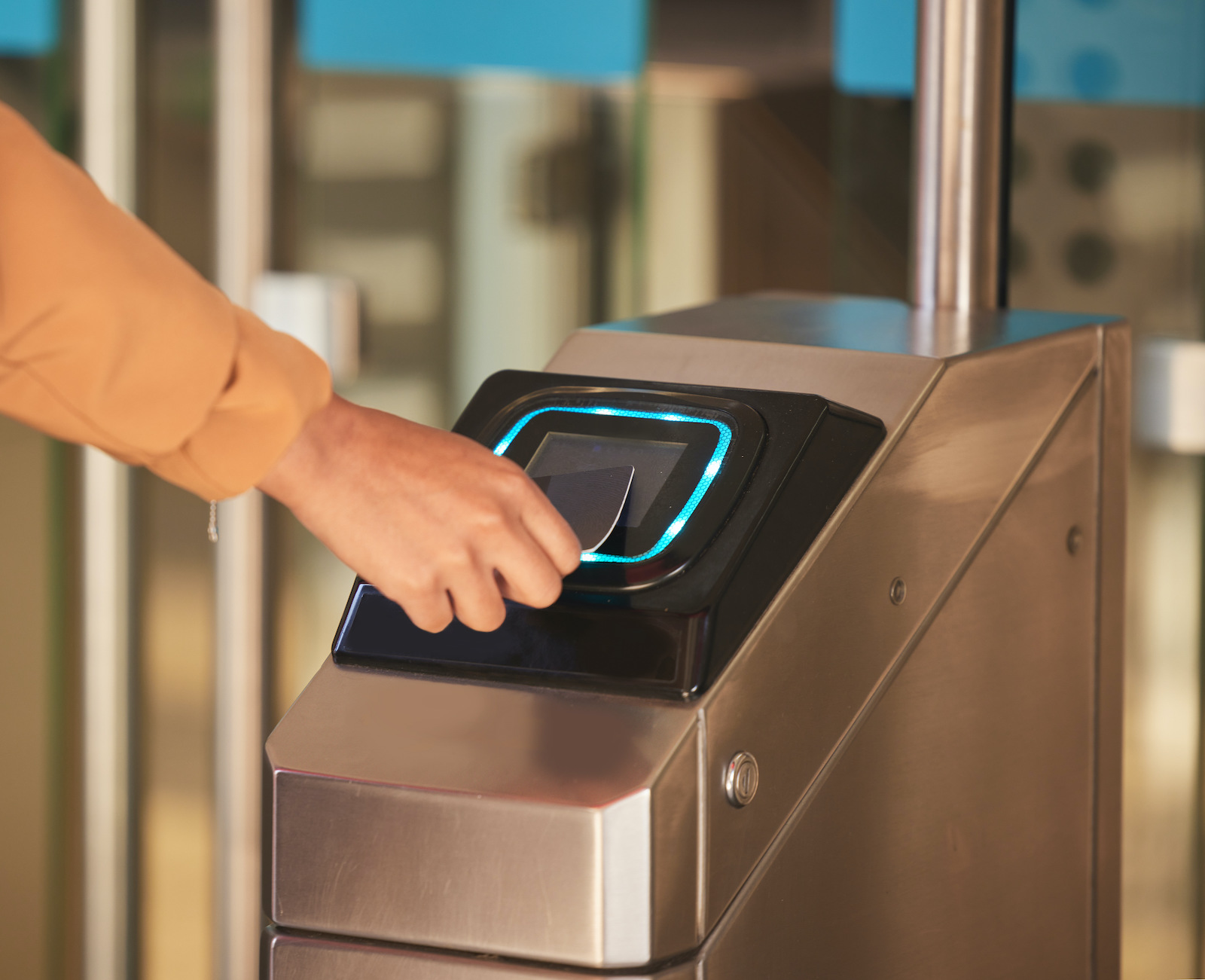
- High-PoE Solutions in Business
- Just the Basics: What is Power over Ethernet (PoE)?
- What is High-Powered Power over Ethernet (HPoE)?
- The Differences Between HPoE, UPoE, and PoE++
- What Type of Switch Do You Need for High-PoE Solutions for Business?
- What Is The Primary Benefit of HPoE?
- Where Is High-Powered PoE Deployed?
- What Devices Require the Increased Power of High-PoE?
